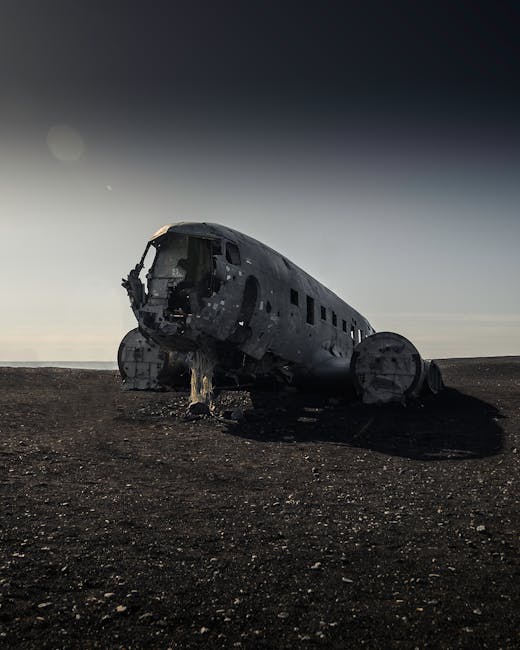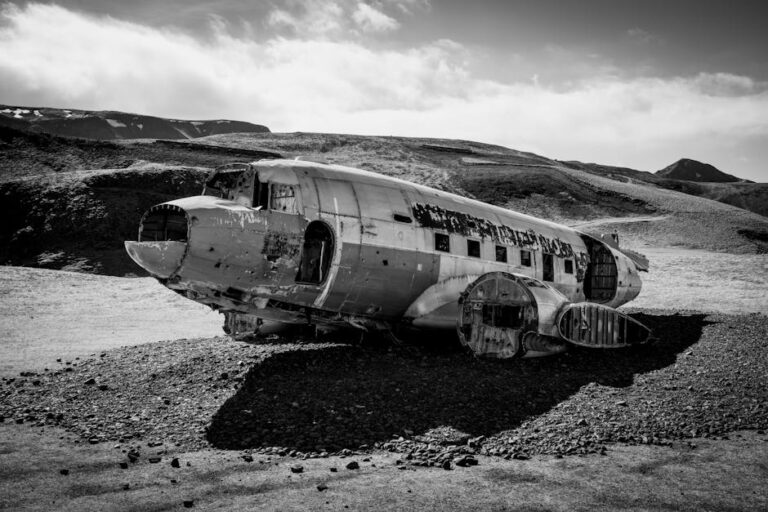Plane Crash Investigations: Unveiling the Truth Behind Aviation Disasters
Plane Crash Investigations: Unveiling the Truth Behind Aviation Disasters
Plane crashes, those catastrophic events that capture global headlines and leave indelible marks on families and communities, are far more complex than simple accidents. They are intricate puzzles demanding meticulous investigation to uncover the root causes, prevent future tragedies, and provide closure to those affected. This in-depth exploration delves into the world of plane crash investigations, examining the multifaceted processes, technological advancements, and human factors that play pivotal roles in understanding these devastating events.
The Immediate Aftermath: Securing the Scene and Gathering Evidence
The immediate aftermath of a plane crash is a chaotic scene of devastation. First responders, including emergency medical services, fire departments, and law enforcement, race against time to save lives and secure the crash site. This critical initial phase involves establishing a perimeter to protect the integrity of the evidence and preventing unauthorized access. The priority shifts from rescue to investigation once the immediate danger has subsided.
Gathering evidence is a meticulous process, often requiring extensive resources and expertise. This involves documenting the crash site through photography, videography, and detailed mapping. Debris is carefully collected, cataloged, and transported to secure locations for thorough examination. Flight recorders, commonly known as ‘black boxes,’ are crucial pieces of evidence. These devices, comprising the flight data recorder (FDR) and the cockpit voice recorder (CVR), capture vital information about the aircraft’s performance and the crew’s conversations in the lead-up to the crash.
The Role of the National Transportation Safety Board (NTSB) and Equivalent International Agencies
In the United States, the National Transportation Safety Board (NTSB) leads the investigation of major aviation accidents. Similar agencies exist globally, such as the Air Accidents Investigation Branch (AAIB) in the UK and the Bureau d’Enquêtes et d’Analyses pour la sécurité de l’aviation civile (BEA) in France. These agencies are independent bodies with the authority to conduct impartial and thorough investigations, free from external pressure.
These investigations are not aimed at assigning blame, but rather at determining the probable cause of the accident. This understanding is crucial for implementing safety improvements within the aviation industry and preventing similar incidents from occurring in the future. The investigative process is often lengthy, involving painstaking analysis of evidence, witness testimonies, and technical expertise.
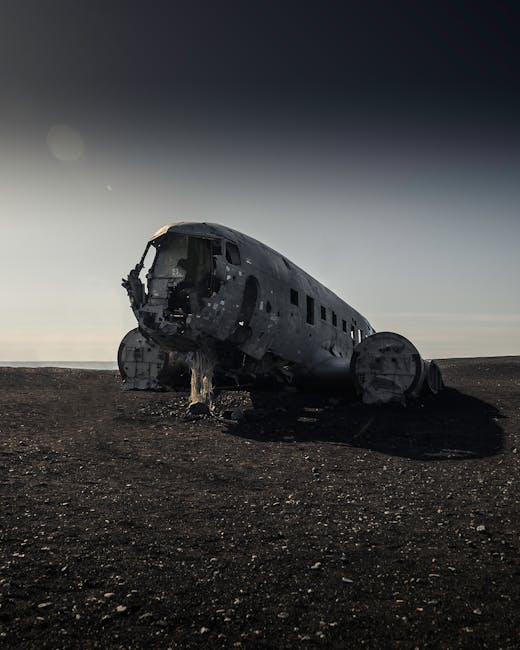
Investigative Techniques and Technologies
Modern plane crash investigations leverage advanced technologies to analyze the gathered evidence. Sophisticated computer simulations help reconstruct the flight path and determine the forces involved in the impact. Metallographic analysis is used to examine the structural integrity of the aircraft, identifying potential material failures or manufacturing defects. Forensic analysis of the wreckage can reveal crucial information about the sequence of events leading up to the crash.
Furthermore, investigators rely on flight simulator technology to replicate the conditions experienced by the pilots. This helps determine the pilot’s response to potential malfunctions or environmental factors. Analyzing the flight data recorder (FDR) data provides precise details about the aircraft’s flight parameters, including altitude, speed, and engine performance, before, during and after any critical event.
Human Factors: A Crucial Aspect of Investigations
While technological failures can certainly contribute to plane crashes, human factors often play a significant role. Pilot error, air traffic control mistakes, and inadequate maintenance practices can all have devastating consequences. Investigative teams carefully analyze the actions of pilots, air traffic controllers, and maintenance personnel to identify any deviations from standard operating procedures or lapses in judgment.
Pilot fatigue, inadequate training, and communication breakdowns are all potential contributing factors. Investigative teams may use psychological assessments and simulations to gain a deeper understanding of the human element in these complex accidents.
Environmental Factors and Their Influence
Environmental conditions can significantly impact aircraft safety. Severe weather, including thunderstorms, icing, and high winds, can create hazardous flying conditions. Bird strikes, while relatively uncommon, can also have catastrophic consequences if they occur at critical times during takeoff or landing. Terrain, including mountainous areas or proximity to obstacles, can also play a part in accidents.
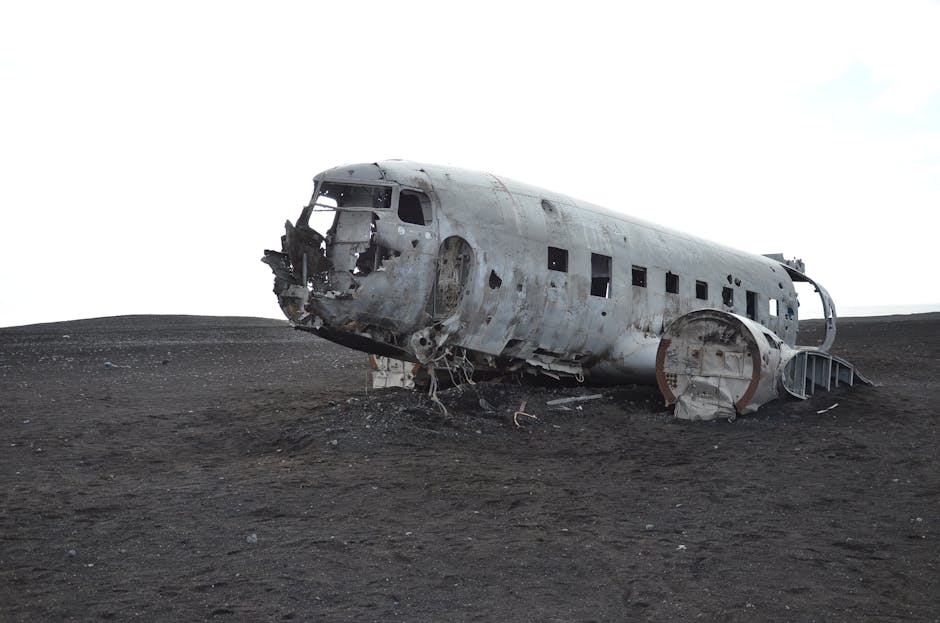
Investigators painstakingly reconstruct weather conditions at the time of the crash, analyzing meteorological data to assess their potential impact on the aircraft’s performance and the pilots’ decision-making process.
The Aftermath: Lessons Learned and Safety Improvements
The ultimate goal of plane crash investigations is to prevent future accidents. Once the probable cause has been determined, the findings are meticulously analyzed to identify areas where safety procedures can be improved. This often leads to changes in pilot training, air traffic control protocols, maintenance standards, and even aircraft design.
Safety recommendations are issued, outlining specific actions to mitigate the risks identified during the investigation. These recommendations are usually widely adopted by aviation authorities and airlines worldwide, contributing to the continuous improvement of aviation safety.
Technological Advancements Enhancing Safety
The aviation industry continually evolves, with technological advancements aiming to enhance safety. Modern aircraft are equipped with increasingly sophisticated systems designed to prevent and mitigate accidents. Automatic dependent surveillance-broadcast (ADS-B) technology provides more precise tracking of aircraft, improving air traffic management. Enhanced ground proximity warning systems (GPWS) and terrain awareness warning systems (TAWS) alert pilots to potential terrain collisions.
The development of more resilient aircraft materials, improved engine design, and advanced flight control systems all contribute to enhancing aviation safety. Continuous research and development in these areas are crucial in reducing the risk of future plane crashes.
The Human Cost: The Impact on Families and Communities
Beyond the technical aspects of plane crash investigations, it’s crucial to remember the profound human cost. These events leave families grieving the loss of loved ones, and communities grappling with the trauma and devastation. The support provided to victims’ families is an integral part of the aftermath, and many organizations provide crucial assistance during this difficult time.
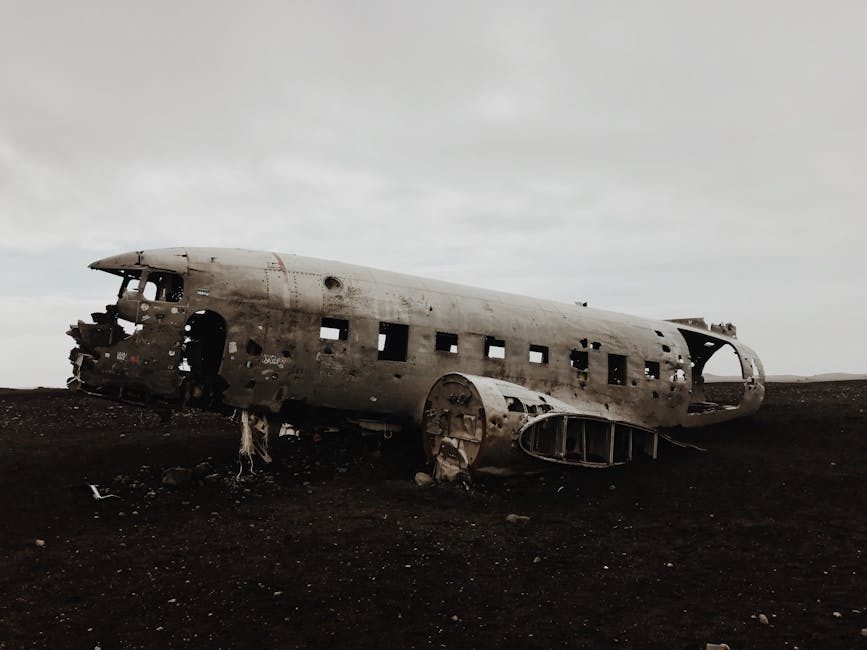
Conclusion: The Ongoing Pursuit of Aviation Safety
Plane crash investigations are complex, multi-faceted endeavors that demand meticulous attention to detail and unwavering commitment to uncovering the truth. The collaborative efforts of investigators, engineers, and other experts, combined with technological advancements, have significantly improved aviation safety over the decades. However, the pursuit of absolute safety remains an ongoing journey, requiring constant vigilance and a relentless commitment to learning from past tragedies to prevent future ones.
